More Than a Moonshot: Technological Evolution Is Imminent
The Department of Defense (DoD) works on integrating information so that what one system knows can become common to all stakeholders during an operation. For example, an F-35 flying over enemy territory could gather data and send it miles away to a commanding officer who may need that intelligence.
Controlling massive flows of information from multiple electronic and human sources in contested electromagnetic and cyber environments is harder than it looks, especially when fighting with allies that may not have compatible communications systems.
“JADC2, joint all-domain command and control, is about a different way of operating, it's about a different way of thinking, it's about a different way of exchanging information,” said Rear Adm. Susan BryerJoyner, vice director, Command, Control, Communications and Computers / Cyber, deputy chief information officer at the Joint Staff.
Brig. Gen. Guy M. Jones, USA, deputy director and chief of staff, Futures and Concepts Center, U.S. Army Futures Command, shared how a situation would play out once these procedures and technologies are adopted.
“A commander takes in data along with his staff. They have to analyze it so they can gain information, but I think the key piece is how do we then, collectively, with potentially some aids with analytics, turn that into knowledge faster than we’ve been able to do before, for a commander to be able to command,” Gen. Jones said. He also stressed the need to “make sense and act.”
This entails a technological evolution that some argue will be impossible. Still, this would only be part of this development. Finding a new mindset was what framed the discussion in the August 18 panel, “Achieving All-Domain Command and Control” at TechNet Augusta. Nevertheless, panel participants agreed that despite the risks, this wouldn’t be accomplished in one long leap but in baby steps.
“We have got to figure out a way to iteratively feel things in a way where we manage risk but we still understand that it's not a perfect solution, and we’ll continue to improve,” said Adm. BryerJoyner. “Experimentation is going to be key.”
The business of failing
Trial and error demand vast amounts of capital, to fund projects and cushion the impact of failures. The business model common in the pharmaceutical industry applies to businesses trying to help in this change. And a retired general now advising business proposed a key concept to help reduce research costs for cash-hungry companies.
“We're going to do independent research and development, but we want to do it with a purpose of delivering a solution that is going to meet the needs, so knowing what are those big bets, if we can take it to a certain technical readiness level with our internal house investments,” said Maj. Gen. Peter A. Gallagher, USA (Ret.), senior vice president for Technology and Solutions, CACI.
Gallagher’s position requests DoD be clear about what it needs and chart a path that would allow businesses to build marketable goods that will enter production along the way to limit risky research.
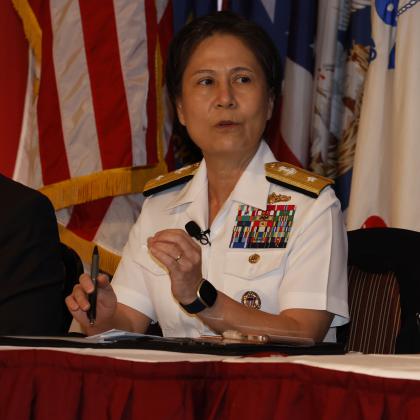
We have got to figure out a way to iteratively feel things in a way where we manage risk but we still understand that it's not a perfect solution, and we’ll continue to improve.
Partner cooperation
The United States doesn’t fight alone, nevertheless, the information flow isn’t smooth among partners as each country operates with its own systems.
“In order to compete and win in every environment, what it comes down to is interoperability,” Adm. BryerJoyner said.
“Interoperability is not just with our own U.S. forces, but overseas, our interoperability with Japan and South Korea and the Philippines, and our Italian partners in the Mediterranean and Germany, and the list goes on,” Adm. BryerJoyner said.
And Europe is a testbed given the scale of the conflict over there and the presence of diverse allies and strong rivals, not all nation-states.
“What we can see from the current conflict in Ukraine [is] that the battlefield is not restrained to military actions, so the civil population, society as a whole, IT [information technology] infrastructure, critical infrastructure in all areas, is affected,” said Brig. Gen. Rainer Simon, commandant at the German Army IT School.
Gen. Simon expanded interests beyond formal hostilities and military participants but also to privates and privateers.
“The cognitive domain with information operations, cyber attacks on different areas, whether from the Russian side to the Ukrainian side, not only between the supposed conflict parties but coming from several other areas of society like the anonymous hackers,” Gen. Simon said.
Simon added that industry and other societal actors were also part of this expanded battlespace that integrates military information domains as well as civilian participants and noncombatants.
This panel was moderated by Jeffrey R. Jones, executive vice president at By Light Professional IT Services LLC.
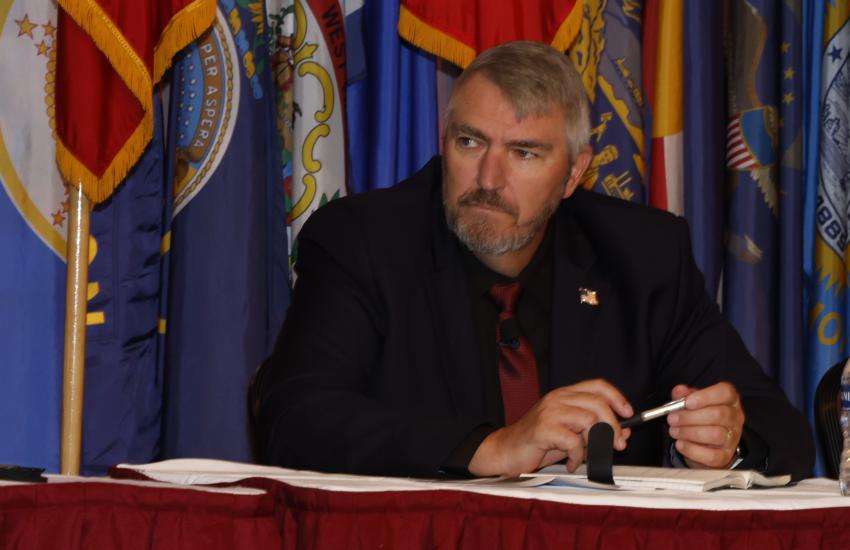
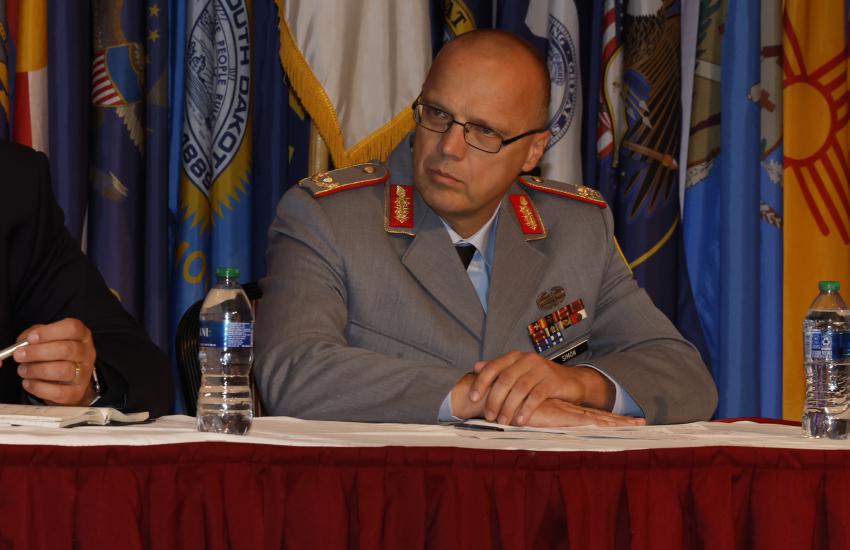

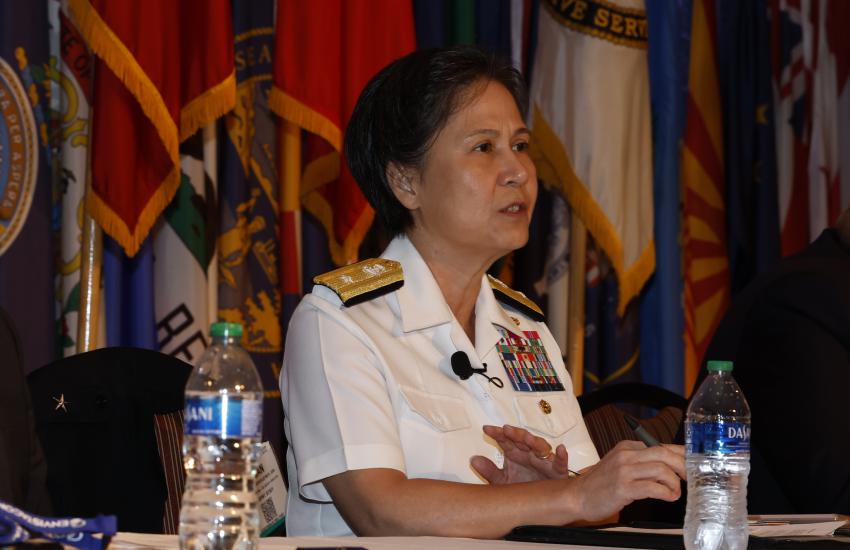

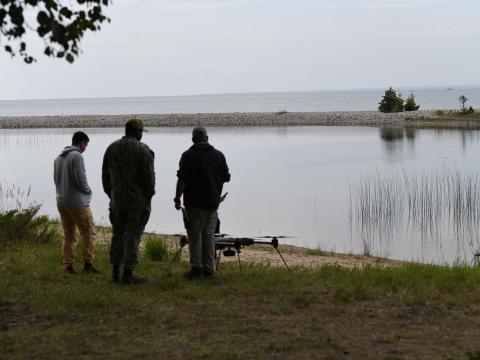
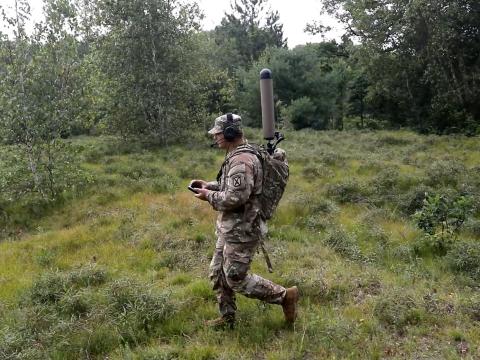
Comments